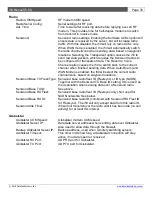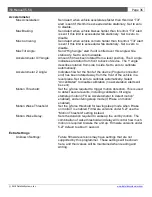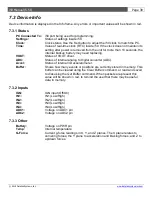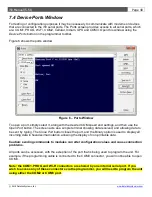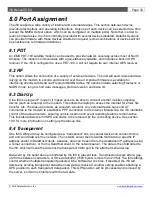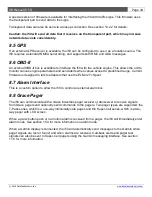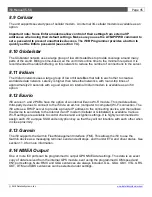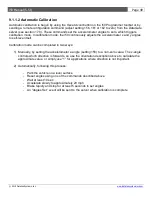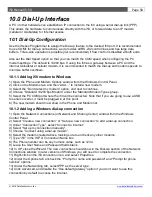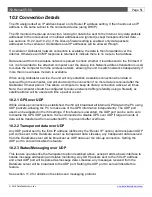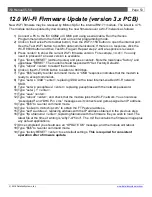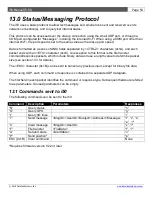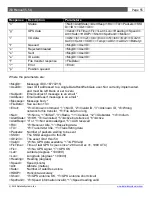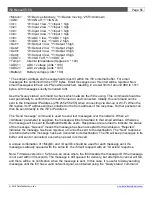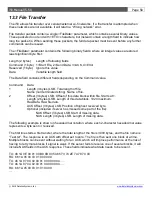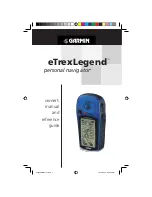
i50 Manual (5.51)
Page 44
© 2018 Datalink Systems, Inc.
www.datalinksystemsinc.com
A special version of firmware is available for interfacing the i50 with traffic signs. This firmware uses
the transparent port to send data to the signs.
Transparent data can also be sent via a dial-up connection. See section 10.2.2 for details.
Caution: the i50 will send all data that it receives on the transparent port, which may increase
network data costs considerably.
8.5 GPS
If an external GPS receiver is available, the i50 can be configured to use it as a location source. The
i50 requires a standard NMEA serial string, and supports both RMC and GGA messages.
8.6 OBD-II
An external OBD-II box is available to interface the i50 with the vehicle engine. This allows the unit to
monitor various engine parameters and send alerts when values exceed a predefined range. Current
firmware is designed to talk to adapters that use the ELM-327 chipset.
8.7 Alarm Interface
This is a custom option to allow the i50 to control an external alarm box.
8.8 Grace Pager
The i50 can communicate with a Grace Industries pager receiver or transceiver to receive signals
from Grace pagers and optionally send commands to the pagers. Two pager types are supported: the
T-Pass series, which is a one-way intrinsically safe pager; and the Super-Cell series, which is a two-
way pager with LCD screen.
When a panic button push or no-motion alarm is received from a pager, the i50 will immediately enter
alarm mode. See section 15.4 for more information on alarm mode.
When a Garmin display is connected, the i50 will automatically send messages to the Garmin when
pager signals are lost or found, and when alarms are received. Call-back alerts and pager test
signals can also be sent to Super-Cell pagers using the Garmin messaging interface. See section
11.0 for more information.




